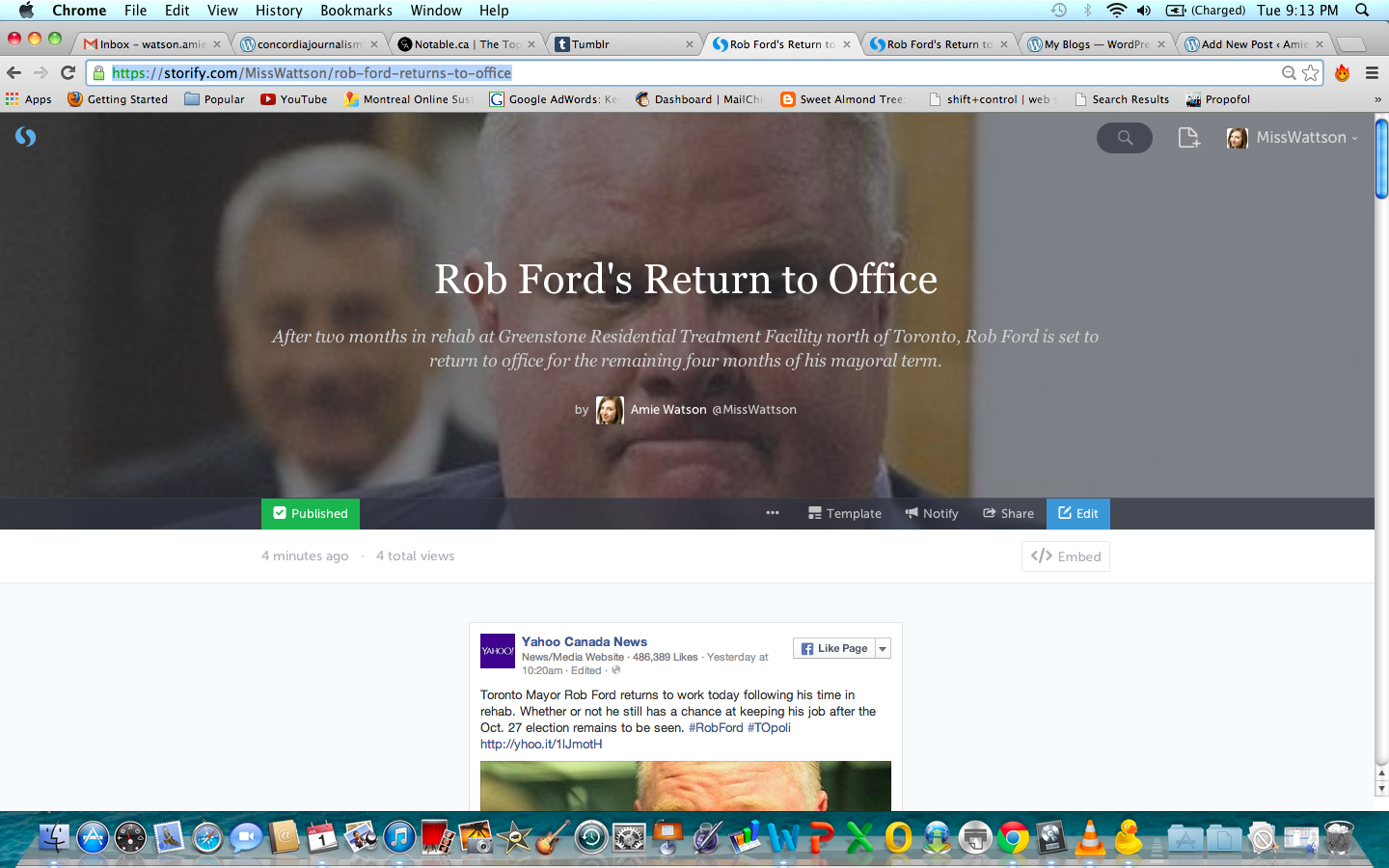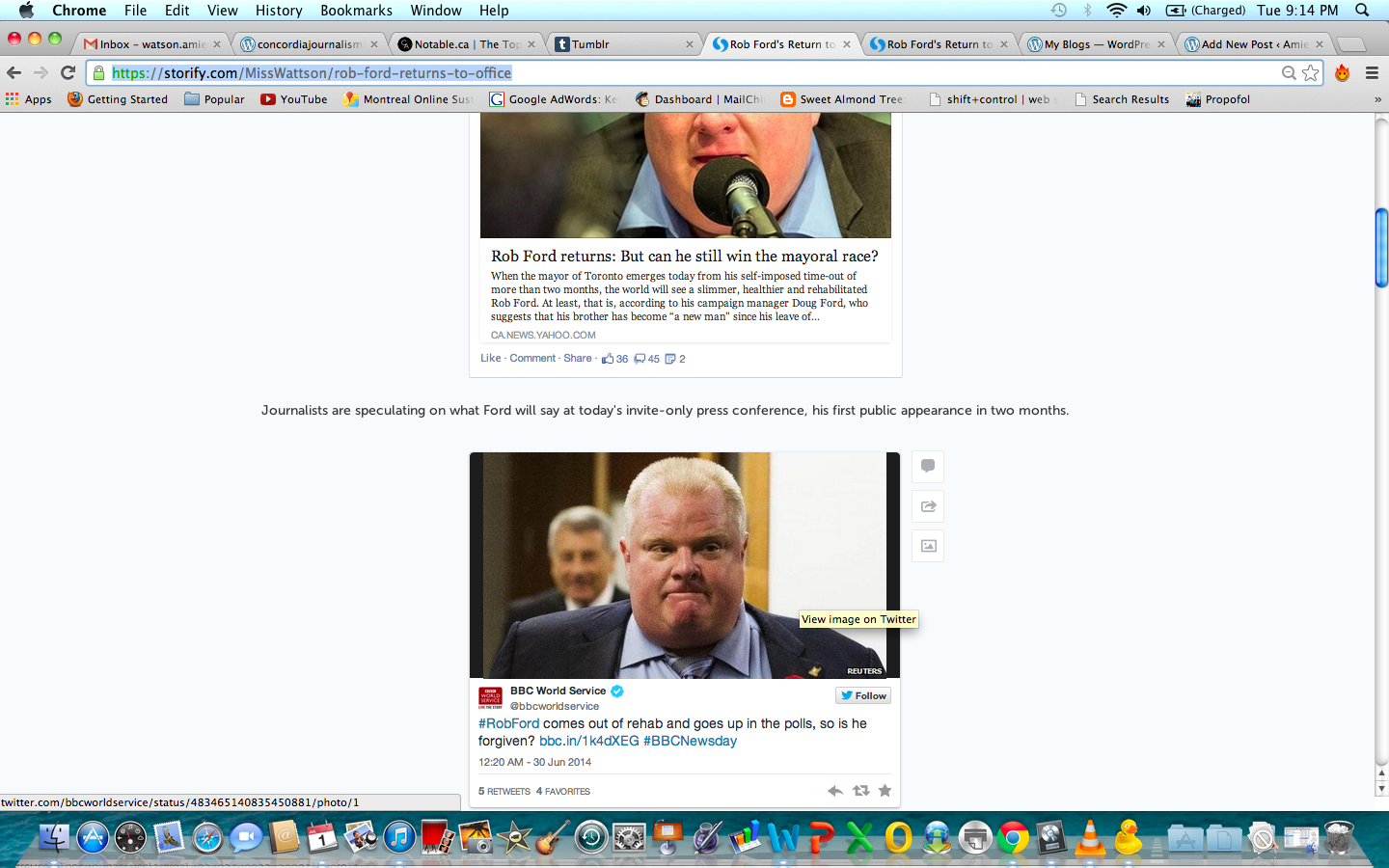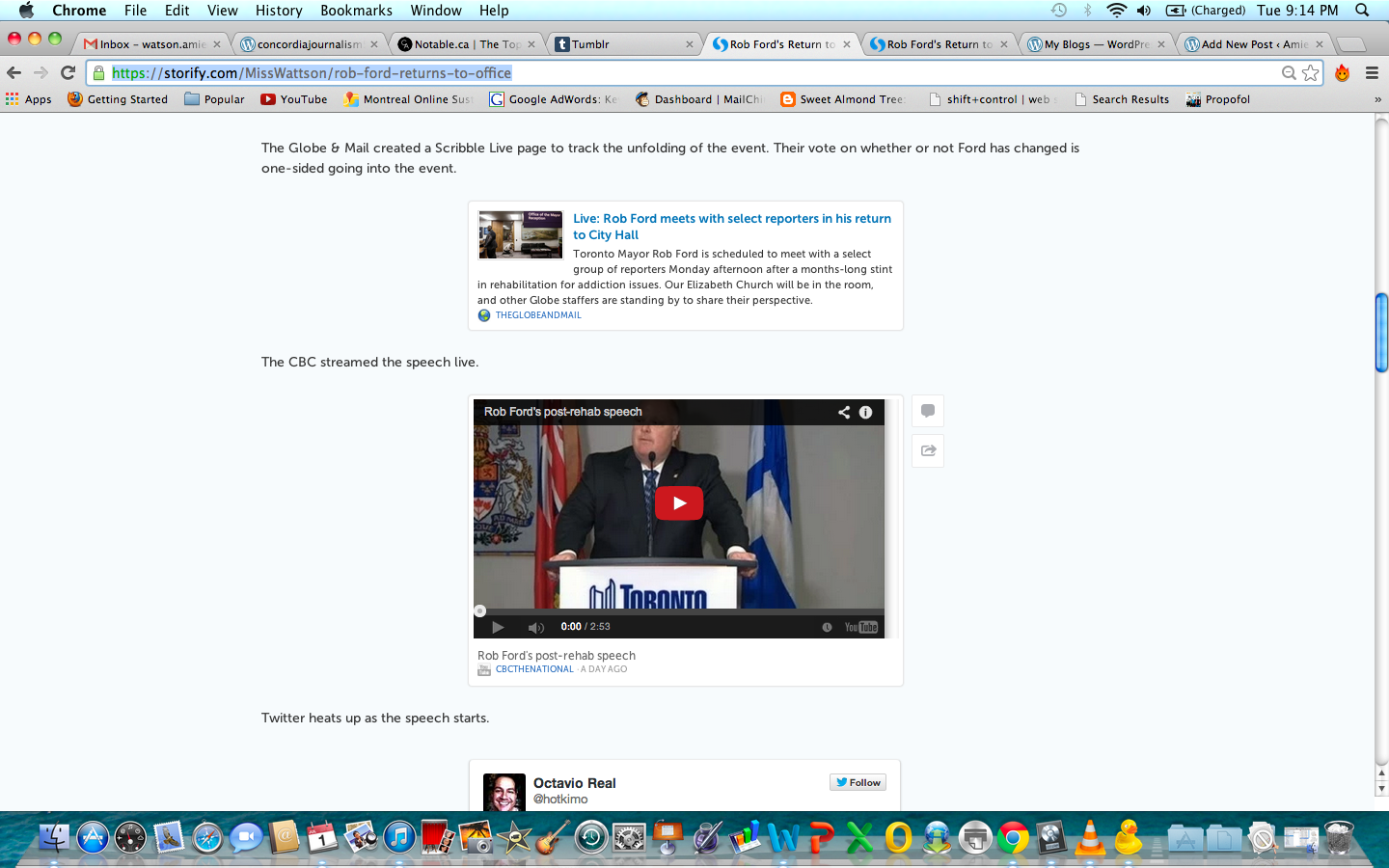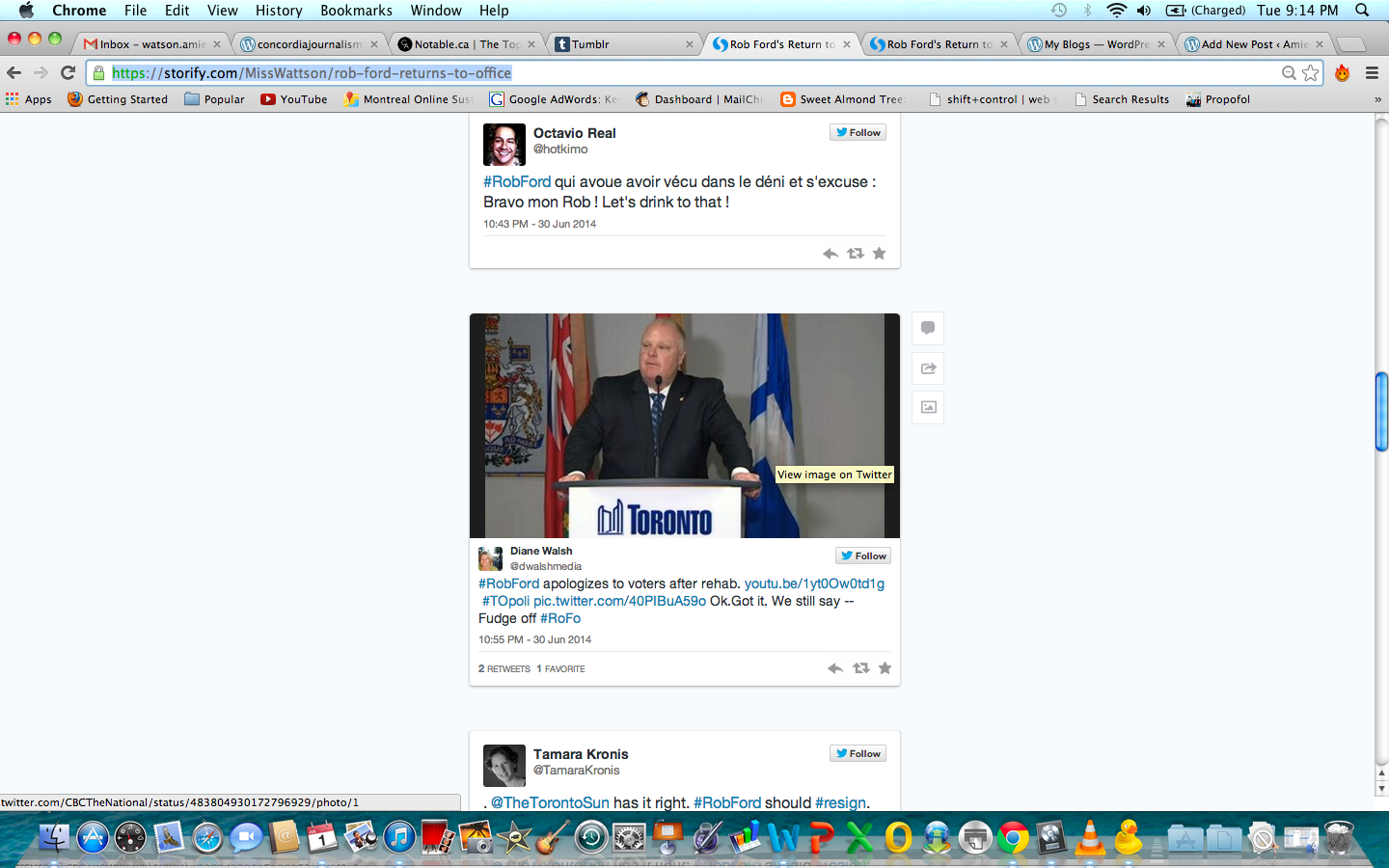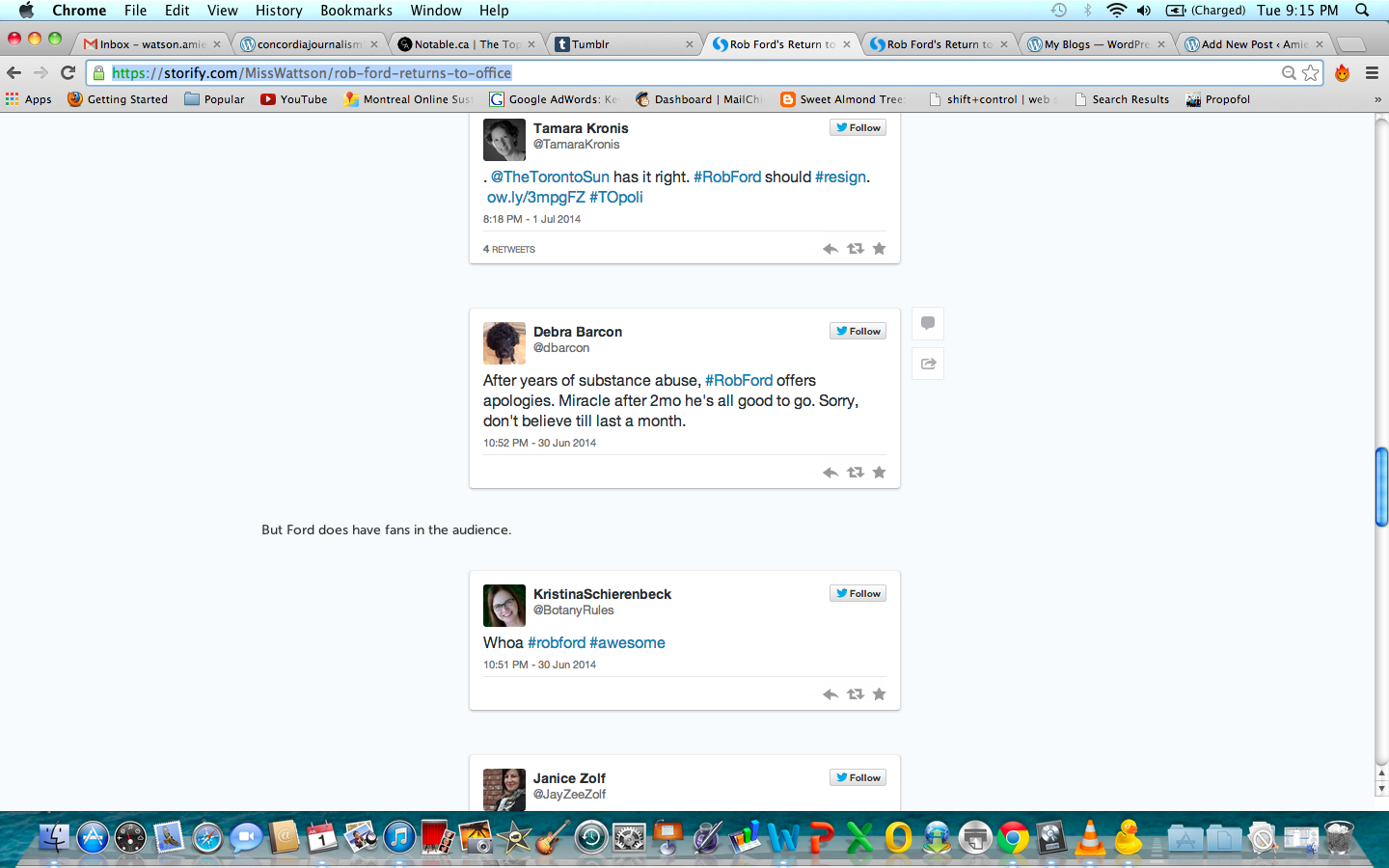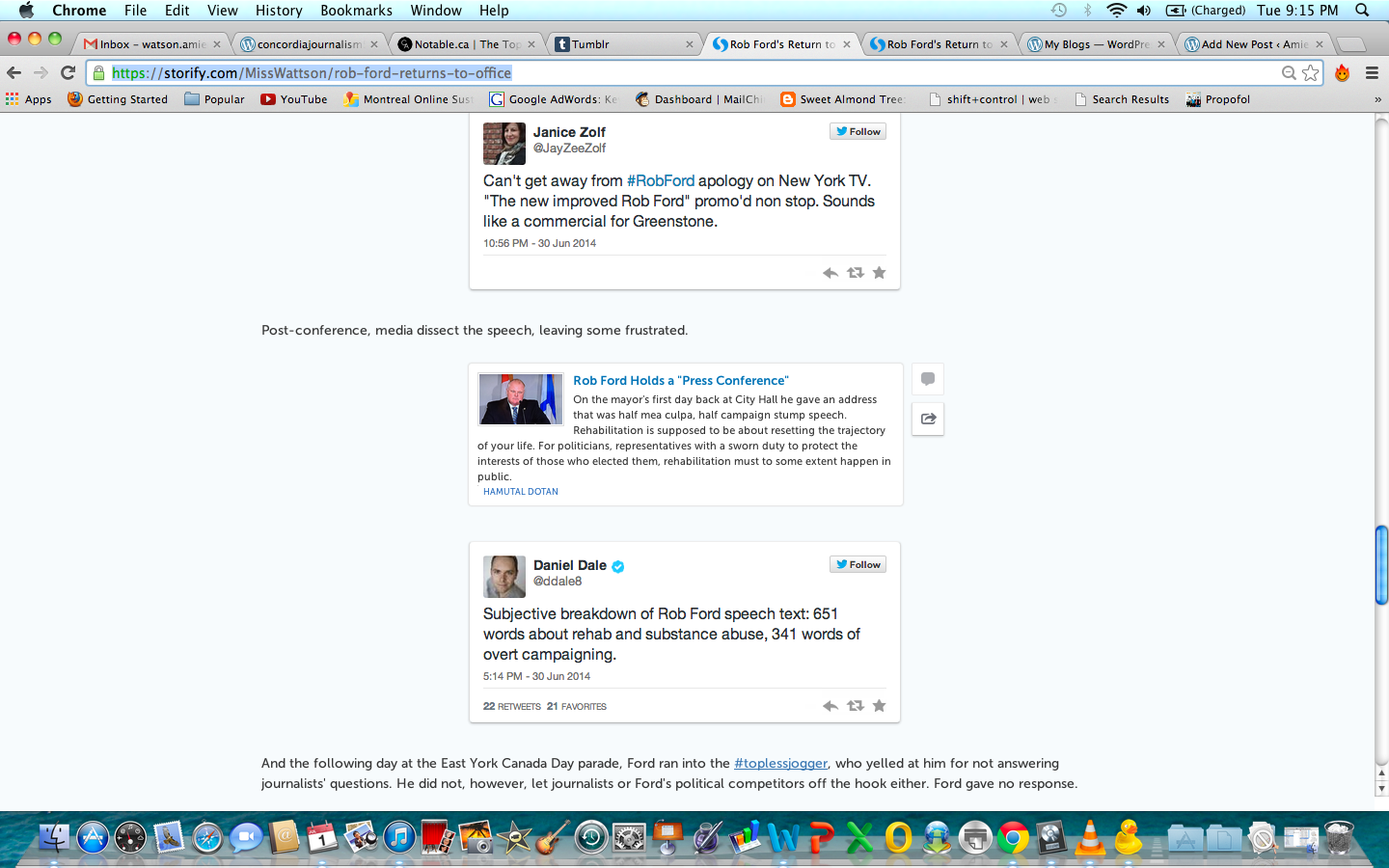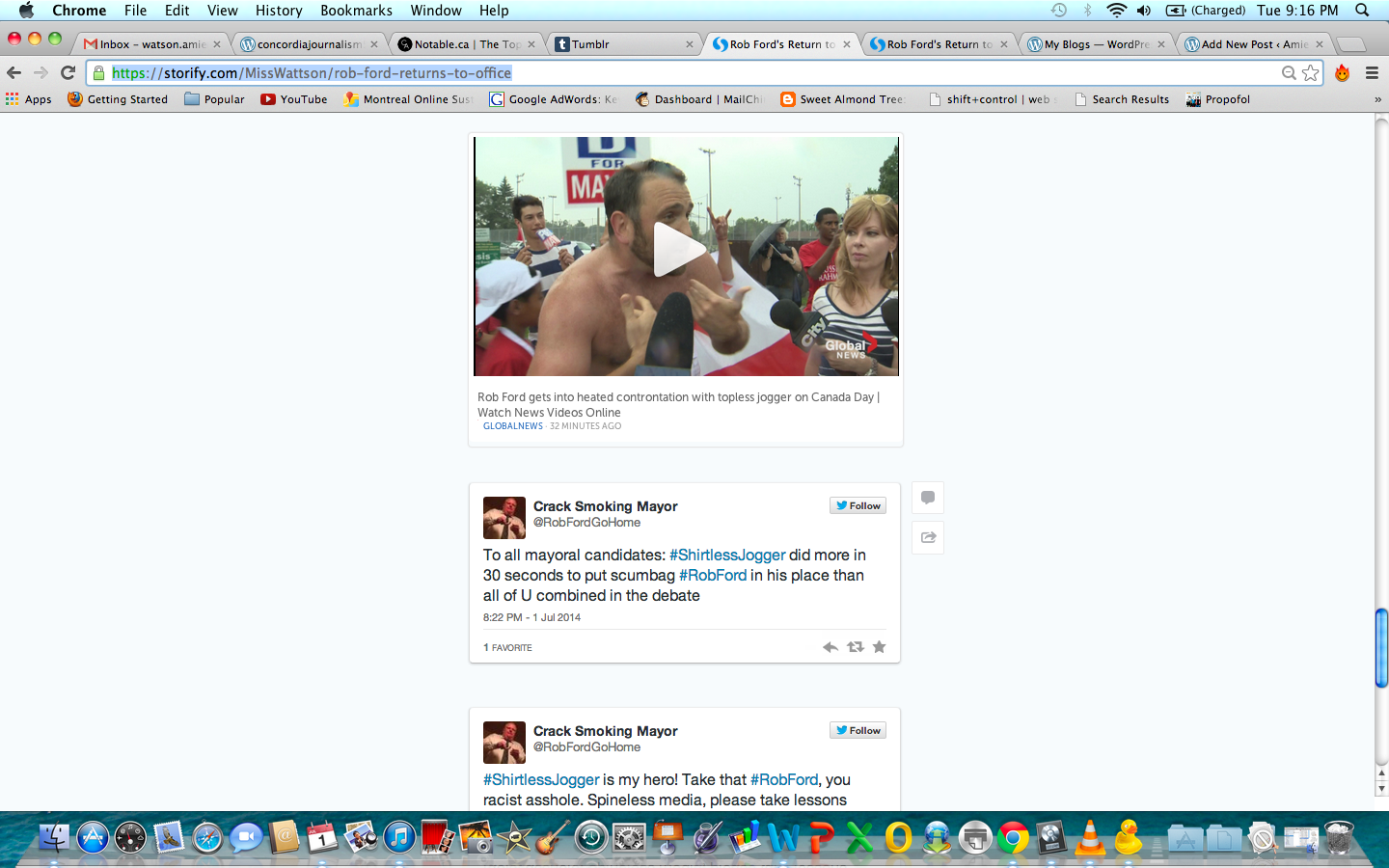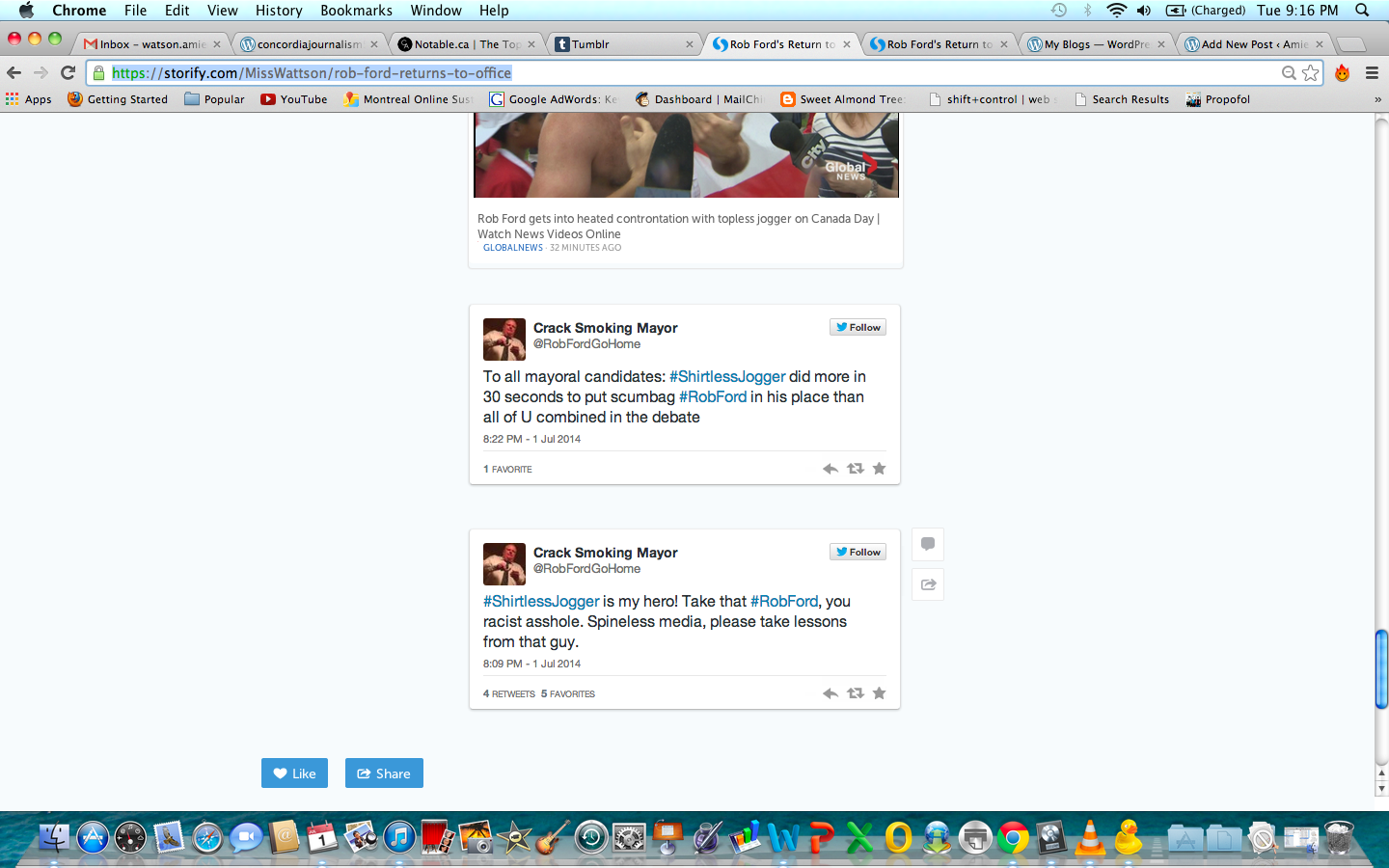I see potential in digital curation. While print journalism jobs are being cut, the BBC’s User-Generated Content hub has created new job opportunities for journalists (though maybe not the same journalists). “Scouring blogs and social networks for potential news stories,” as the
BBC’s website describes the hub’s assignment, would be more interesting to me than calling my contacts and still missing what could be the day’s top story. Journalists can cover more ground online, both locally and internationally.
I especially like the idea of a team of people “scouring.” Not just because “scour” is a great verb, but because there’s a task involved—a scavenger hunt—that requires digital hunting skills à la Rick Moranis:
[youtube https://www.youtube.com/watch?v=MtkK3eijBso&w=600&h=400]
Objectivity
Journalists who write for publications but also have blogs are in murky waters. They’re supposed to be objective, but their own blogs—often linked to from the publication’s website—suddenly use the first person. For me this generally weakens their credibility. A foreign correspondent’s blog, however, could fill in the background of a story. With shortened word counts in publishing versus all-the-time-in-the-world in blogging, these modern diaries can help paint a picture of an event, day, or place. That is, if the reader is actually interested in all those words.
Twitter
On Twitter journalists become brands, whether they’re Jian Gomeshi, Michael Bell, or Beppi Crosariol. I also think it’s interesting that I didn’t feel the need to hyperlink Jian Gomeshi’s name, definitely felt the need for Beppi (he goes by his first name), and figured I’d hyperlink Bell just in case.
Even I have to be careful what I say on Twitter and what photos I put on Facebook, and who am I? If readers don’t already know me in person and social media is how they “meet me,” then the personality I present to them there is how they will judge me, for better or for worse.
Feedback
I personally rarely engage with news stories via social media. There’s usually an annoying sign-in process, even if anonymous. The worst feeling of frustration comes after putting your heart into a comment on a story, clicking “submit,” and losing the comment because of a glitch.
The next worst feeling is getting no response. More than once I’ve responded to articles on sites from the now defunct Montreal Mirror to the Montreal Gazette and never known if my words evaporated in cyberspace, or reached an editor who had or chose to give no response.
But I got my first freelance assignment with the Gazette because Lesley Chesterman is on Twitter, saw my article on sustainable seafood for Montreal blog, Midnight Poutine, followed me, and then politely answered my direct message on who to contact at the Gazette about a story I was developing. I often think her tweets are ridiculous, and really don’t care how much she loves World Cup soccer players, but I do love her photo of wines a wine writer friend brought to a BYOB restaurant, and her links to articles of other food writers.
Spooking
She could do all that with a blog, yes, but the best part of Twitter for me is being privy to celebrities’ (both big and small) conversations. With Chesterman that means conversations with local chefs. And when I tag these elusive, private figures, they’re forced to pay attention to something I wrote. It’s as though I’m in a corner jumping up and down, waving my hands, saying “Look at me!” And they actually turn to look, the fools.
I think the top three things journalists can do on social media are:
1. link to their own stories (Brand creation)
2. link to other relevant stories (like putting further reading suggestions at the end of your article)
3. start conversations with readers/commenters and the people about whom they write. These also have a reality television element, where if the Tweeter messes up or makes a fool of themselves, it’s cheap entertainment for the rest of us lowly followers/sheep who wish we were important enough to mess up and have it matter.
Until that day, I can spook to my heart’s content. The BBC might even say I’m “scouring.”
Maybe they’ll hire me.
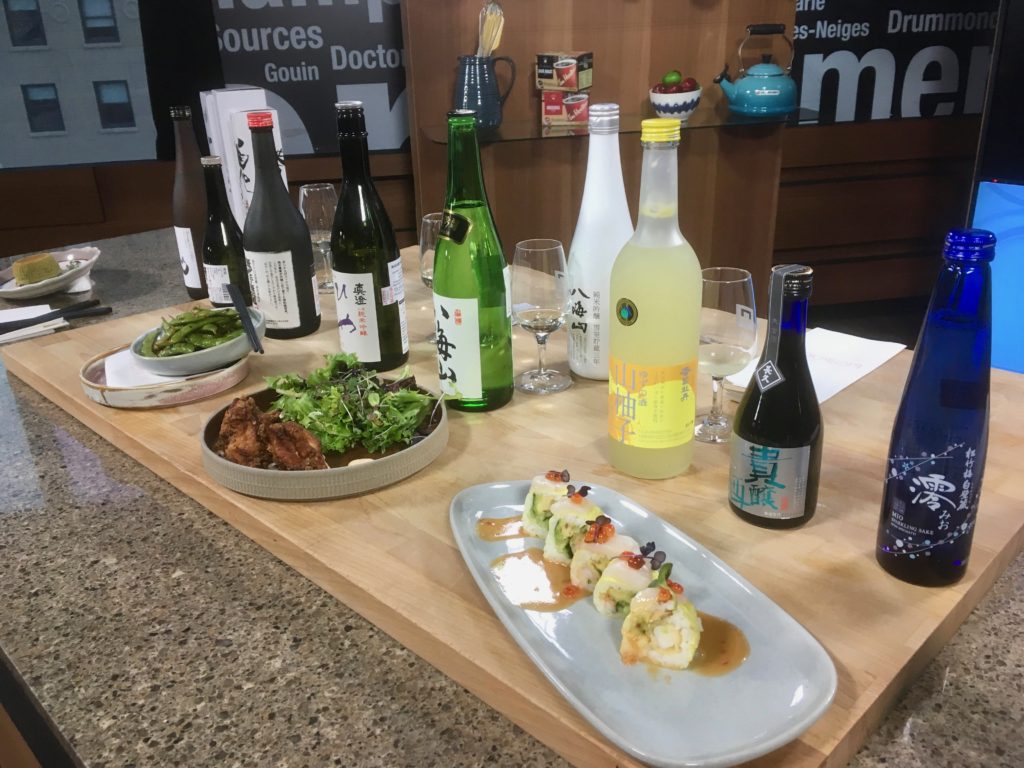
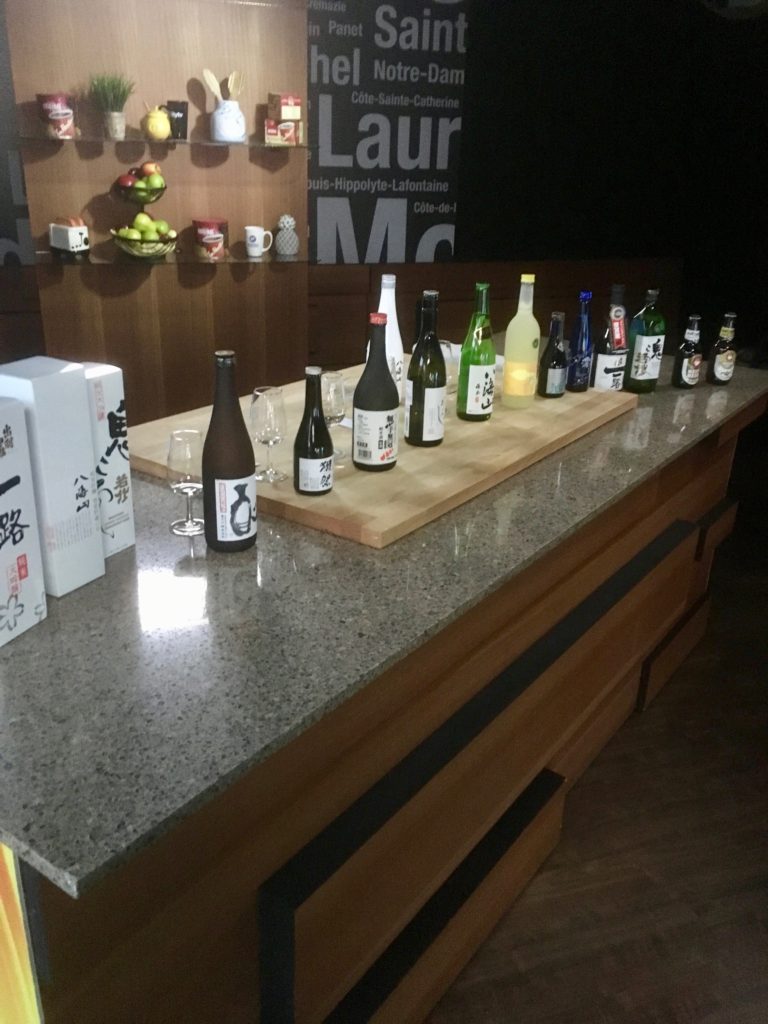
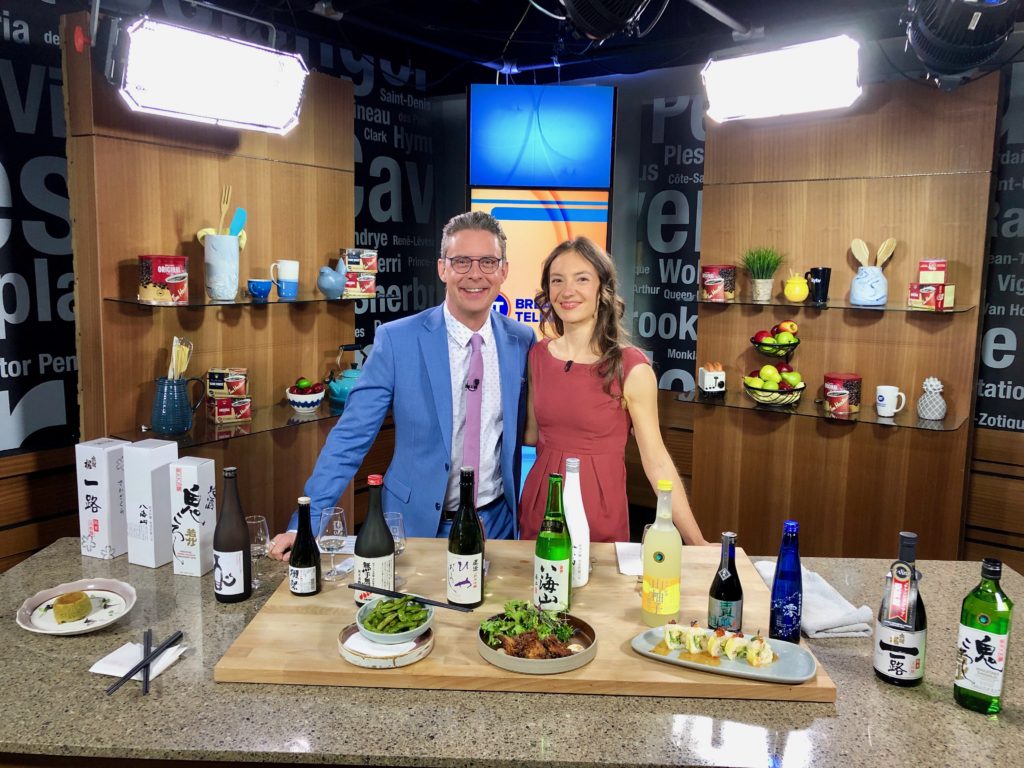
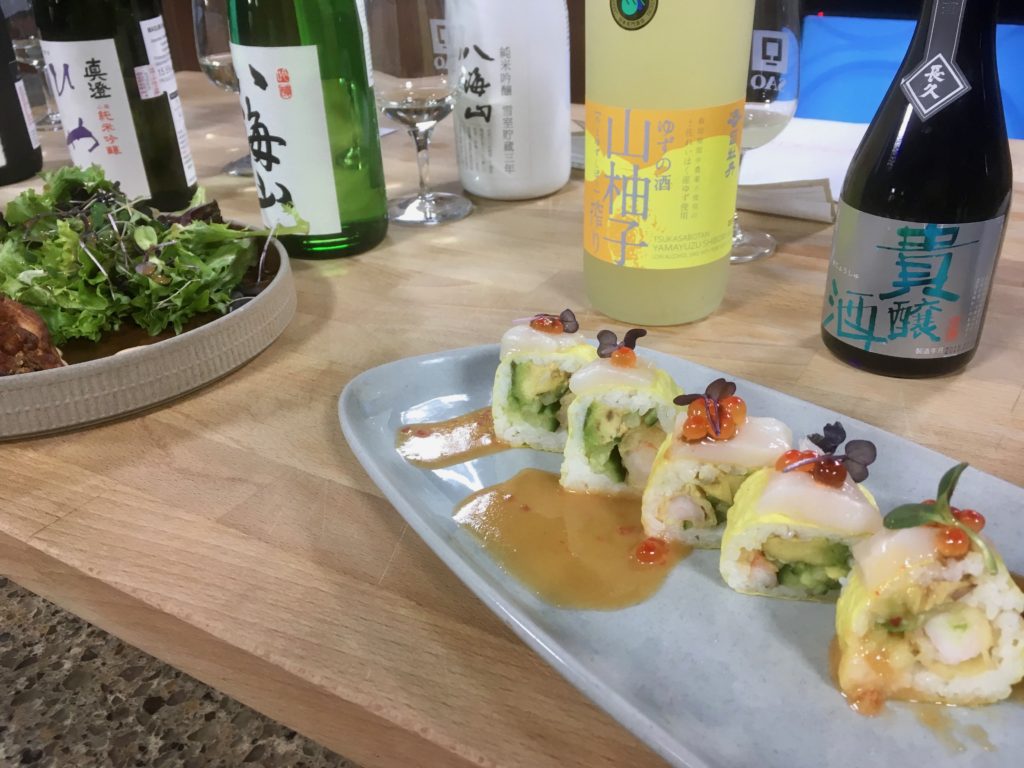
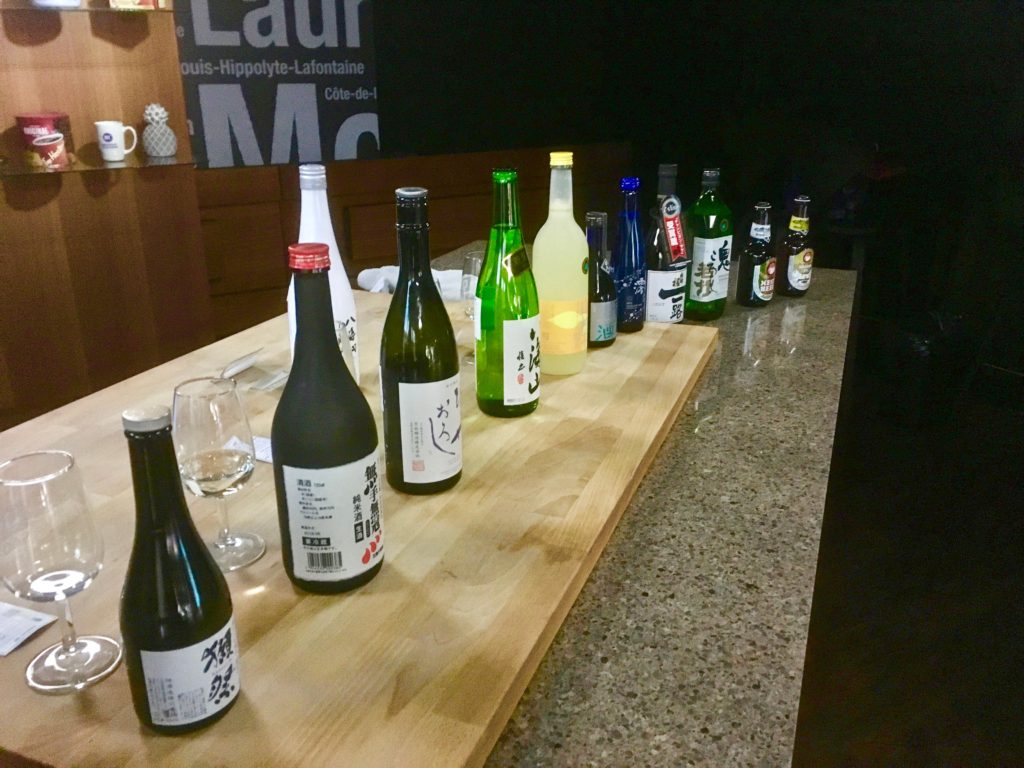
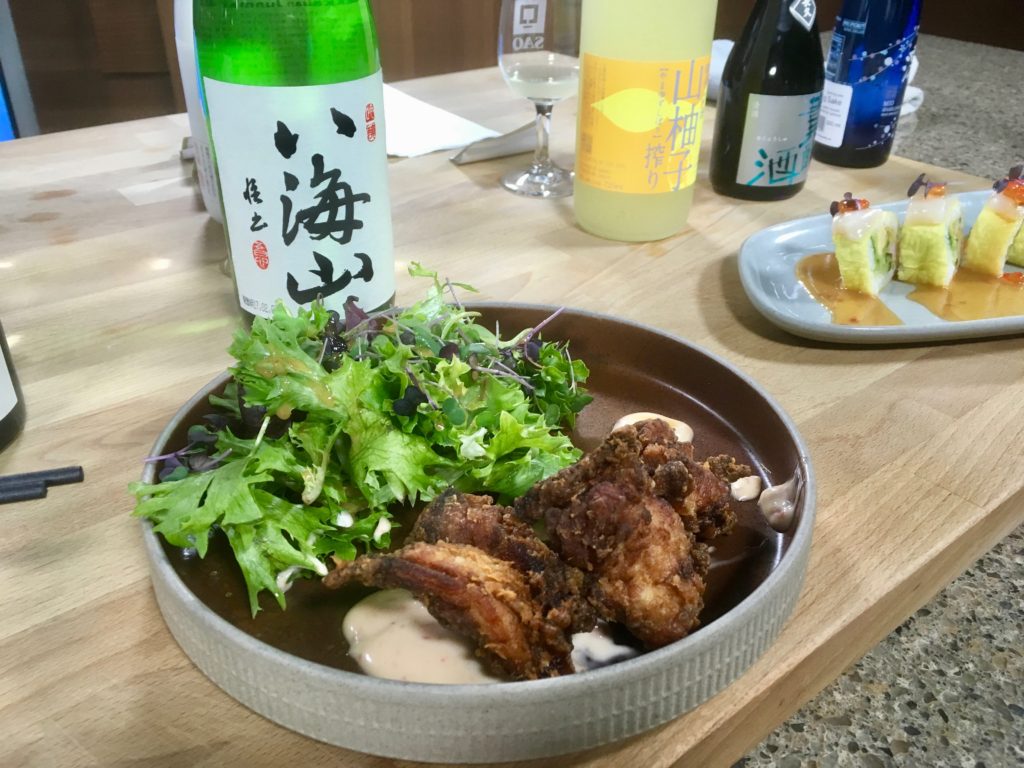

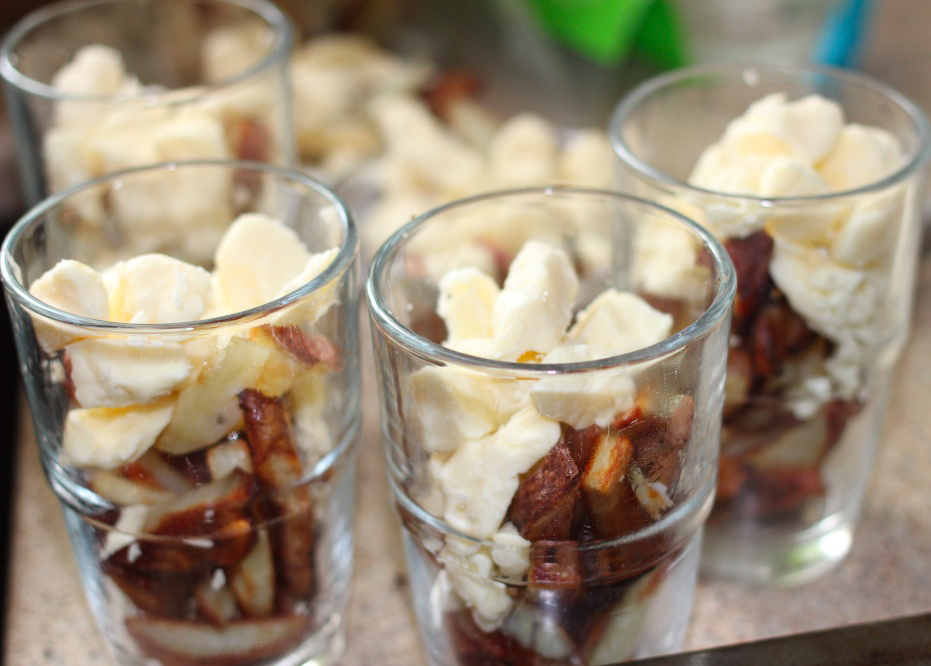 This is the
This is the  More than 250 exhibitors are taking over Montreal’s Palais de Congrès this weekend for the 18th annual
More than 250 exhibitors are taking over Montreal’s Palais de Congrès this weekend for the 18th annual 